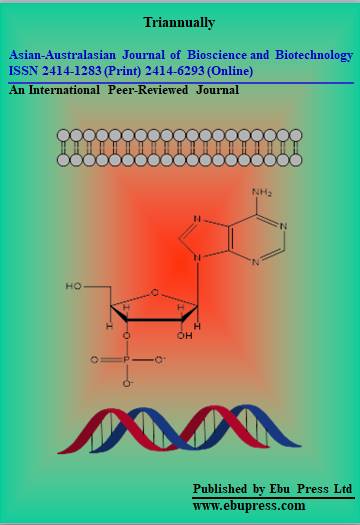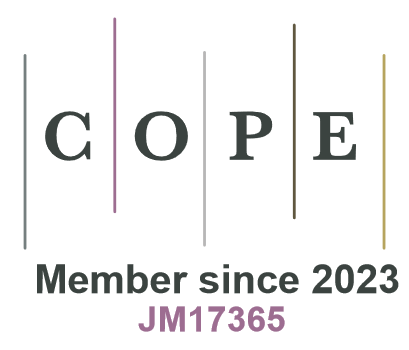Asma G. Oraibi, Rana A. Mohsien and Mallic Habeeb
This study was aimed to detect the antibacterial activity of N. officinale leaves water and ethanol extract alone or mixed with a specific concentrations of copper nanoparticles (800mg/L). Studied Bacterial samples consist of two gram-positive bacteria (Escherichia coli and Pseudomonas aeruginosa) and two gram-negative bacteria (Staphylococcus aureus and Streptococcus pyogenes). Results showed that there was a significant increase in the mean inhibition zone at 1:1 (v/v) of 1.0mg/10ml copper nanoparticles and water leaves extract (J) and 1:1 (v/v) of 0.5mg/10ml mg/10ml copper nanoparticles and ethanol leaves extract (F) compared with 0.5mg/10ml leaves water extract (B) and 0.5mg/10ml leaves ethanol extract (C), but there was no significant differences obtained between the types of treatments and the standard antibiotic that used as control (250 mg/10ml Cefotaxime), the highest mean inhibition zone was recorded in Staphylococcus aureus bacteria compared with other bacterial species. The interaction revealed that the highest mean inhibition zone obtained in 1:1 (v/v) of 1.0mg/10ml copper nanoparticles and water leaves extract (J) in Staphylococcus aureus bacteria and the lowest mean inhibition zone observed in 1.0mg/10ml copper nanoparticles (I) in Pseudomonas aeruginosa bacteria while mean inhibition zone significantly increased in E. coli bacteria at 1:1 (v/v) of 0.5mg/10ml mg/10ml copper nanoparticles and ethanol leaves extract (F), 1:1 (v/v) of 1.0mg/10ml copper nanoparticles and water leaves extract (J), and 1:1 (v/v) of 1.0mg/10ml copper nanoparticles and ethanol leaves extract (K). No significant differences recorded in the mean inhibition zone of Pseudomonas aeruginosa and Staphylococcus aureus bacteria in various treatments.



